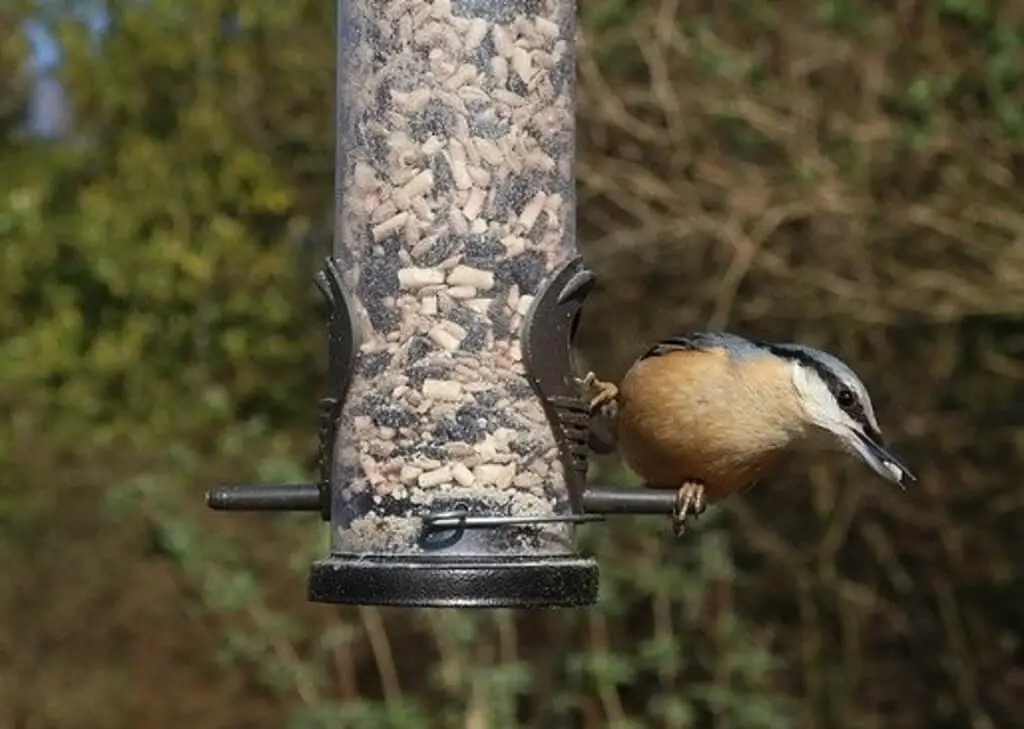Unlock the secrets of safflower seed-loving birds with our comprehensive guide featuring 15 avian species! From the colorful Northern Cardinal to the agile House Finch, these birds have a penchant for safflower seeds, making them popular visitors to backyard feeders.
In this ultimate guide, we’ll explore the unique characteristics, feeding habits, and behaviors of each species, providing valuable insights for bird enthusiasts and backyard birdwatchers.
Table of Contents [show]
Birds That Eat Safflower Seeds
Black-capped Chickadee

Black-capped Chickadees are an abundant bird species in North America. These birds feed on a variety of seeds, but one of their favorites is safflower seeds.
Safflower seeds contain high levels of fat and protein, which make them highly nutritious for the chickadees. When people put out safflower seed feeders to attract these small birds, they often get more than they bargained for!
Handpicked Related Post:
- Unique Black-Capped Chickadee Facts You Need To Know!
- How Do I Attract Chickadees To My Yard (Expert Tips)
- 13 Birds That Look Like Chickadees (Explained)
Blue Jay

The Blue Jay is a beautiful and cheerful blue bird that can be found in many habitats throughout North America. They can be seen throughout the year feeding on seeds from natural sources such as grasses and berries and insects.
Blue Jays also frequent feeders to eat safflower seeds, which is used to deter squirrels. The birds consume these seeds at an alarming rate, so it’s important that they keep up with their seed intake!
Handpicked Related Post:
- 15 Best Bird Feeders For Blue Jays (Tried & Tested 2021)
- What does a Blue Jay look like? Tips to identify them!
- Do Blue Jays Migrate? The Truth
- What Attracts Blue Jays to your Yard?(Expert Tips)
Carolina Chickadee
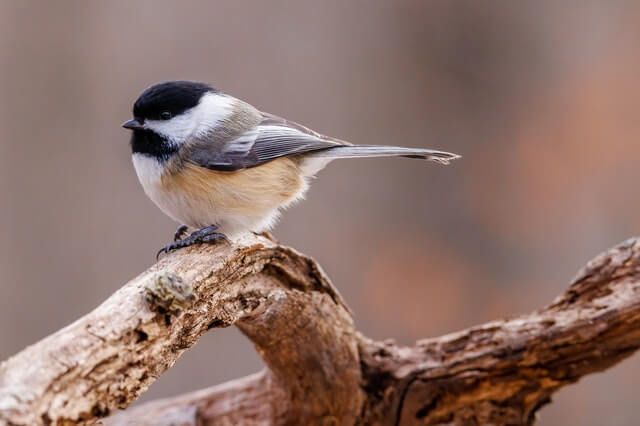
Carolina Chickadees are a species of songbird native to the eastern United States. Carolina Chickadee will occasionally eat safflower seeds.
However, there are other foods in their diet, including insects and spiders. They also feed on fruit, nectar, grains and nuts which provide them with enough nutrients to live healthy lives.
Handpicked Related Post: Carolina Chickadees – 9 Best Ways To Attract Them Fast!
Downy Woodpecker
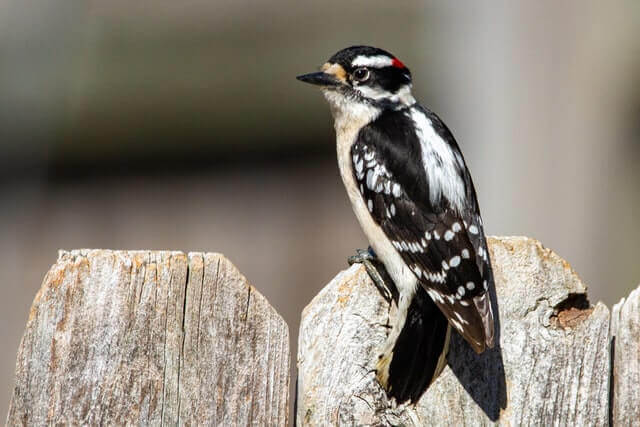
Downy Woodpeckers are omnivores, meaning they eat both meat and plants. They often eat suet in the winter time, but their diet changes with the seasons. In the summer, Downy Woodpeckers love to feast on caterpillars, beetles, ants, larvae, as well as fruit like berries, and cherries.
During late fall and early winter, Downy Woodpeckers will consume safflower seeds. They will visit tube feeders to get their fill of safflower seeds, and they’ll store the food in bark crevices or near roosting spots.
Handpicked Related Post:
Evening Grosbeak
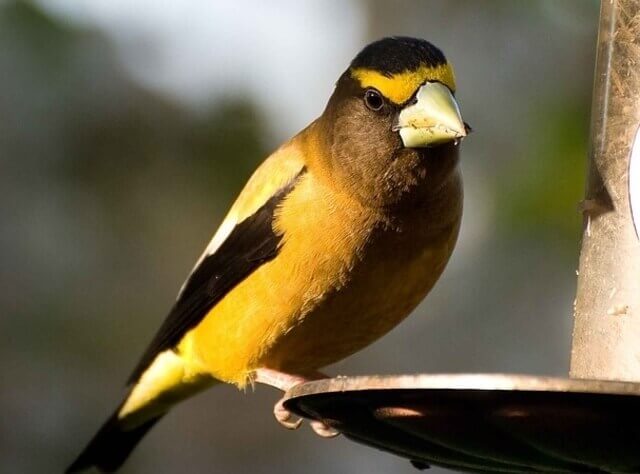
Evening Grosbeaks are seed-eating birds that inhabit much of North America. These birds can be found in groups or solitary, regularly feeding on seeds.
The Evening Grosbeak is a common visitor to bird feeders, especially during the winter months, when food becomes scarce for these small but hearty songbirds. The safflower seed is an evening grosbeak’s favorite meal, and they will travel long distances just to get their fill.
House Finch
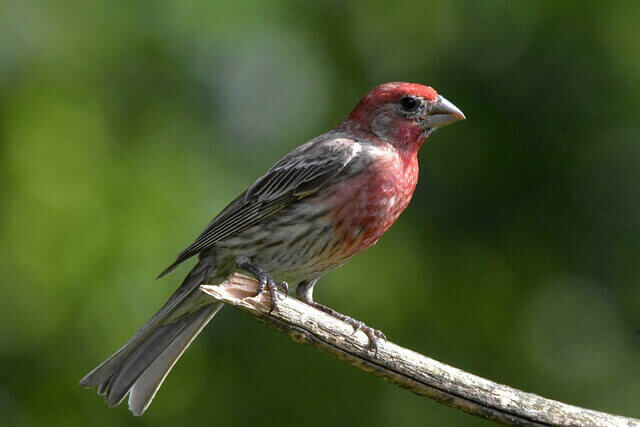
House Finches are a very common and popular bird in North America. The range of house finches extends from Southern Canada to the northern United States and Mexico all the way down to Panama.
These birds typically live in parks, gardens, orchards, farms, suburban areas with tall trees. House finches feed on a variety of different seeds and will visit feeders for safflower seeds.
Handpicked Related Post: How to attract House Finch to your yard?
Indigo Bunting
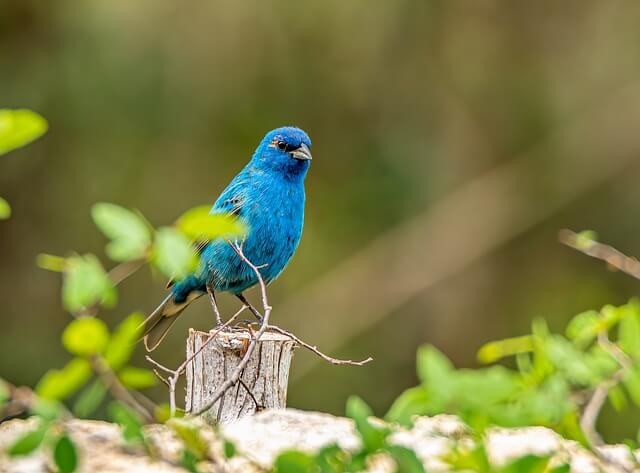
The Indigo Bunting is a small bird with vibrant blue feathers. These birds are can be found in North America, ranging from the southern United States to Canada. They inhabit many habitats including woods, farmland, and brushy areas near water sources.
The diet of an Indigo Bunting consists mainly of insects, but they also eat grains, berries, nuts, and seeds of plants like milkweed and safflower seeds when they can find them.
Handpicked Related Post: How to attract Indigo Bunting to your yard?
Mourning Dove
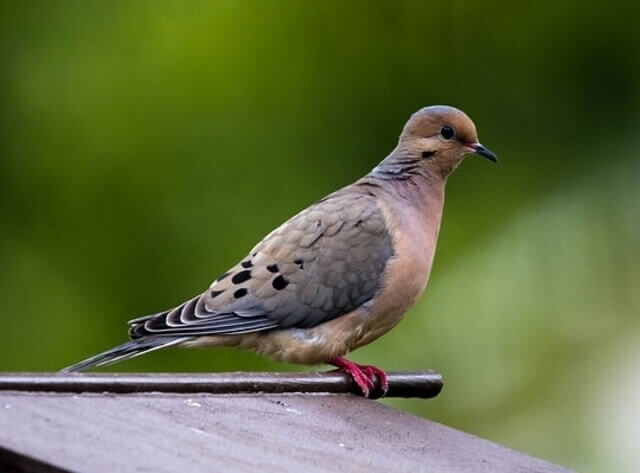
Mourning doves are medium-sized birds that have a wide range and varied habitats. They are found throughout the United States, in Canada, Central America, and South America.
Mourning doves live in many types of environments including forests, wetlands, prairies and agricultural fields. Mourning doves eat insects such as grasshoppers, beetles and flies, but they also feed on seeds from plants like safflower seeds or weed seeds when they are available.
Handpicked Related Post: Facts about Mourning Doves
Northern Cardinal

The Northern Cardinal is a bird that is found in the Eastern United States and Canada. Its range covers most of the eastern half of North America, and they are also found as far west as central Texas.
They live in woodlands, thickets, shrubby areas and even suburban yards. The Northern Cardinal’s diet consists of nuts, fruits, berries, seeds that are usually available in its habitat, such as sunflower seeds and safflower seeds.
Handpicked Related Post:
- Cardinal Bird Facts Every Birdwatcher Should Know!
- 10 Best Bird Feeders for Cardinals: Expert Picks
- 11 Birds That Look Like Cardinals (with Photos and Info)
- Where Are Cardinals Found? Best Spots to Look!
Purple Finch
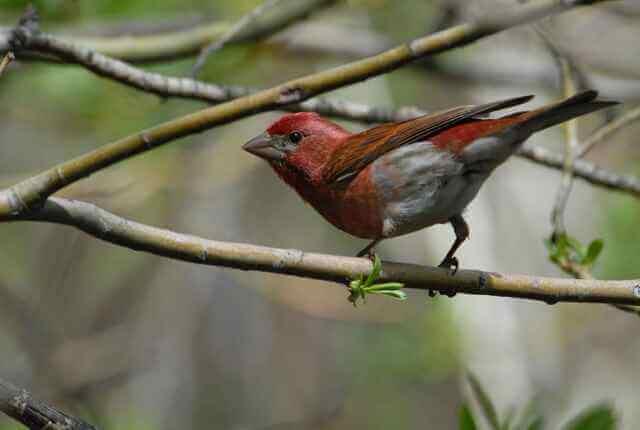
Purple finches are medium-sized songbirds that live in North America. They can be found year-round throughout the US and Canada, but they migrate to Mexico for the winter. Their habitat includes parks, gardens, backyards and woodlands.
The purple finch’s diet consists of mostly seeds, insects, spiders and worms. This bird has also been known to eat safflower seeds if it is unable to find its usual food sources during cold weather months, when insect populations drop off dramatically.
Handpicked Related Post: 10 Best Birdhouse for Finches
Red-bellied Woodpecker
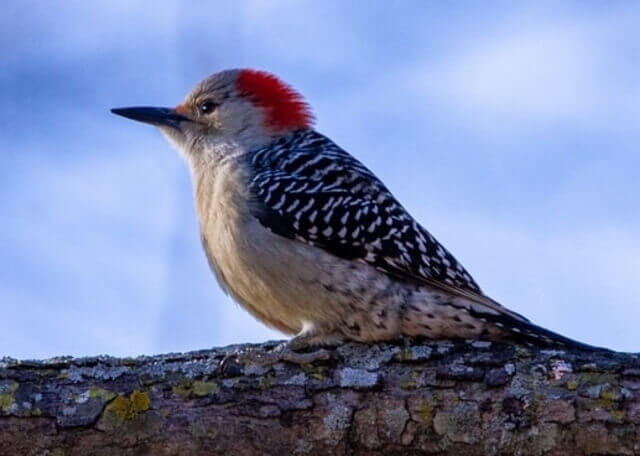
Red-bellied Woodpeckers are a type of woodpecker that ranges from southern Canada to Florida and the Bahamas. They prefer living in deciduous forests, swampy areas, parks and farms with trees or scrubby bushes for food sources.
Their diet consists of insects such as ants, beetles, grasshoppers and caterpillars. They also eat safflower seeds, which are common for their food sources when the insect population has decreased due to seasonal changes.
Handpicked Related Post: How to attract Red-bellied Woodpeckers to your yard?
Rose-breasted Grosbeak
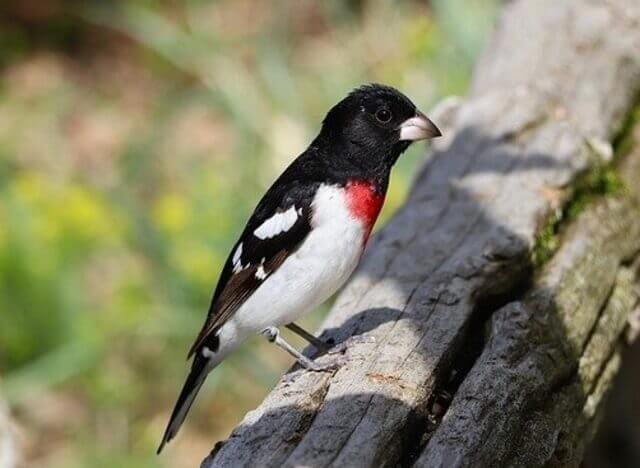
The Rose-breasted Grosbeak is a beautiful, medium-sized bird with bright red and yellow plumage. They are mainly found in the eastern and Midwestern United States, Canada and southern portions of Mexico.
These birds can be found in both deciduous and coniferous forests, along the edges of wetlands or near agricultural fields such as cornfields or sunflower patches. The grosbeaks feed on seeds from various plants including corn, millet, sunflower and safflower as well as berries and insects.
Handpicked Related Post: How To Attract Rose-breasted Grosbeak: The Easiest Way!
Tufted Titmouse

Tufted Titmice are a species of small songbird that is native to North America. The range habitat for Tufted Titmice is from Canada and the eastern United States, as well as parts of Mexico.
Their diet consists mainly of insects, seeds and berries. Safflower seeds make up a very small percentage of their diet, but they do eat them when available.
Handpicked Related Post: How to attract Tufted Titmouse to your yard?
White-breasted Nuthatch
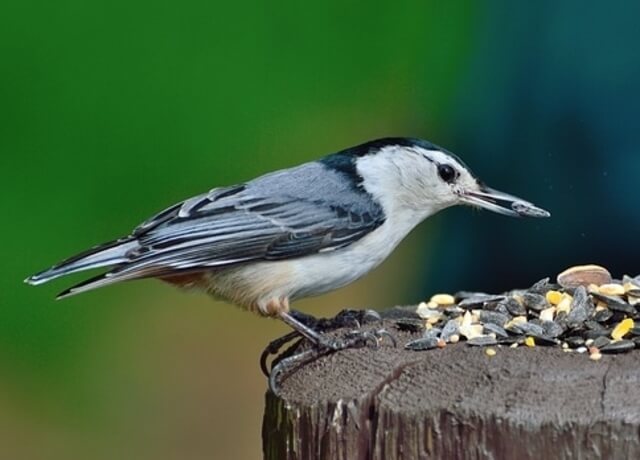
The White-breasted Nuthatch is a type of bird found in North America. The population ranges from southern Canada to northern Mexico, and it’s common throughout the eastern United States.
The White-breasted Nuthatch has one main habitat type, which are coniferous forests. They eat primarily insects, but also feed on seeds from trees such as safflower and juniper berries.
Handpicked Related Post: How to attract Nuthatches to your yard?
House Sparrow

The House Sparrow is one of the most common birds in North America. They are usually found in urban areas and near farms, but their range can be seen throughout much of North America. Their diet consists mainly of grains, seeds, fruits and insects that they find on the ground or in trees.
House sparrows also eat safflower seeds when available. House sparrows are very adaptable to many habitats including urban environments, rural farmlands and wooded forests.
Handpicked Related Post:
Related Post: 5 Best Bird Feeders for Safflower Seed in 2022

